Home>Articles>What Colors Coincide With The Electrical Symbols XY And Z On A 440 Electrical Cord
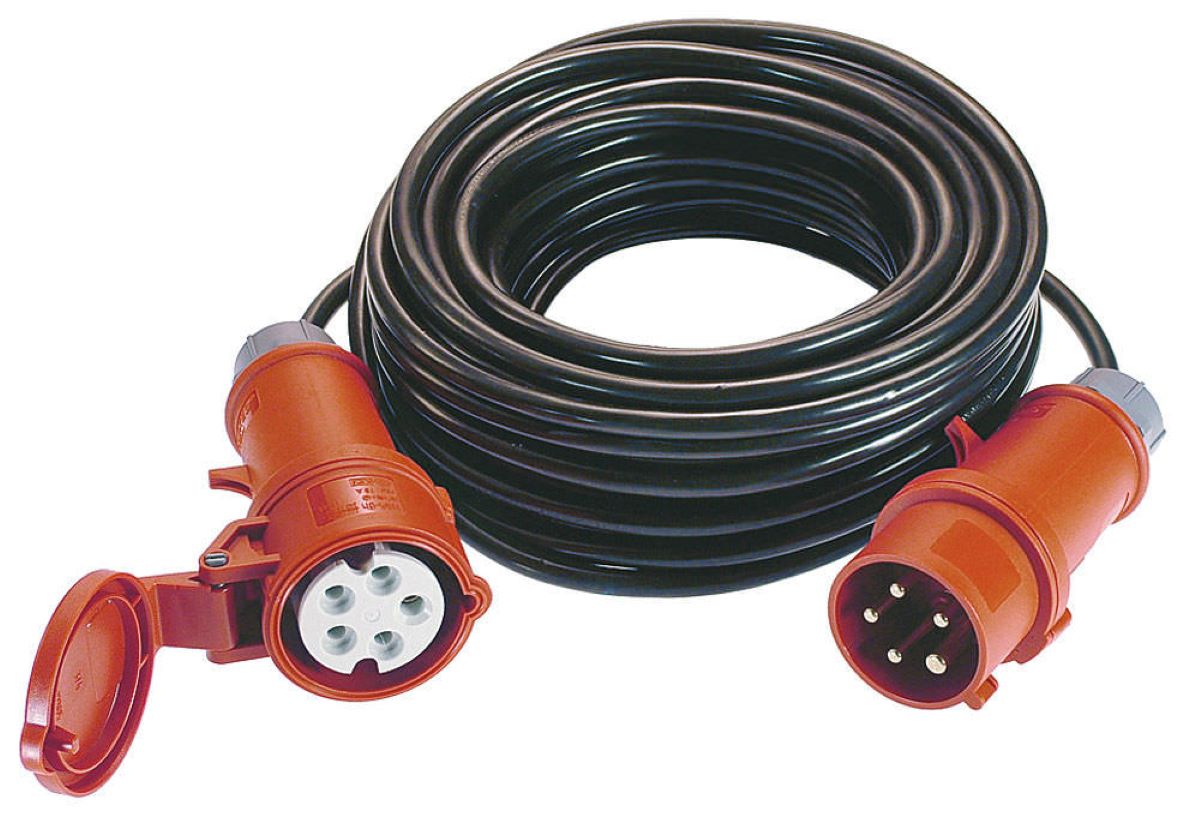

Articles
What Colors Coincide With The Electrical Symbols XY And Z On A 440 Electrical Cord
Modified: January 19, 2024
Discover the colors that match with electrical symbols XY and Z on a 440 electrical cord. Read our informative articles on this topic.
(Many of the links in this article redirect to a specific reviewed product. Your purchase of these products through affiliate links helps to generate commission for Storables.com, at no extra cost. Learn more)
Introduction
In the world of electrical engineering, symbols play a crucial role in conveying information and ensuring the proper functioning of electrical systems. One such set of symbols that often comes across is the XY and Z symbols on a 440 electrical cord. These symbols are used to indicate the specific roles and connections of the wires within the cord. However, it is not just the symbols that hold significance; the colors associated with them also play a crucial role in electrical circuits. Understanding the color codes and how they coincide with the XY and Z symbols is essential for maintaining safety and efficiency in electrical installations.
In this article, we will delve into the world of 440 electrical cords, explore the significance of colors in electrical circuits, understand how the colors coincide with the XY and Z symbols, and take a look at the safety and compliance considerations when working with electrical cords. So, let’s dive in and discover the fascinating world of colors and symbols in electrical engineering.
Key Takeaways:
- Proper color coordination of XY and Z symbols on a 440 electrical cord is crucial for safety and efficiency, with recommended colors including black for Phase A, red for Phase B, and blue for Phase C.
- Adhering to electrical code regulations, proper training, and safety measures are essential when working with electrical cords to ensure compliance, mitigate risks, and maintain the functionality and reliability of electrical systems.
Read more: What Is An Electrical Cord?
Understanding 440 Electrical Cords
440 electrical cords are specialized cords used in electrical systems that require a higher voltage and current rating. These cords are designed to handle more power and are commonly used in industrial and commercial settings where heavy machinery and equipment are involved. Unlike standard power cords, which are typically rated for 120 or 240 volts, 440 electrical cords can handle voltages of 440 volts or higher.
The XY and Z symbols on a 440 electrical cord are important indicators of the specific roles and connections of the wires within the cord. These symbols represent the different phases of the electrical circuit. In three-phase electrical systems, which are common in industrial applications, the electrical power is distributed through three wires, each carrying a different phase. The XY and Z symbols denote these phases, with X and Y representing two of the phases and Z representing the third phase.
The significance of these symbols lies in the proper alignment and connection of the wires during installation. Ensuring that the X, Y, and Z wires are correctly connected is essential for the smooth and efficient functioning of the electrical system. The positions and orientations of these symbols on the cord indicate the specific arrangement of the wires, allowing electricians and engineers to easily identify and connect them accordingly.
Furthermore, the electrical symbols XY and Z also aid in troubleshooting and maintenance. When an electrical issue arises, such as a tripped circuit breaker or a malfunctioning machine, referencing these symbols can help diagnose and resolve the problem. By understanding the roles of each wire and its designated phase, technicians can pinpoint the source of the issue and take appropriate action to rectify it.
The Significance of Colors in Electrical Circuits
Colors play a crucial role in electrical circuits as they serve as visual indicators, allowing electricians and engineers to identify and differentiate different wires and their functions. By adhering to standard color codes, electrical professionals can ensure safety, efficiency, and consistency when working with electrical systems. Let’s explore why colors are important and take a look at the standard color codes for electrical wiring.
One of the main reasons colors are important in electrical circuits is to prevent confusion and potential hazards. In complex electrical systems with numerous wires, it can be challenging to distinguish between them without color coding. By assigning specific colors to different types of wires, such as hot wires, neutral wires, and ground wires, it becomes easier to identify and understand their purpose at a glance.
Moreover, colors in electrical circuits aid in proper installation and maintenance. When installing or repairing electrical systems, electricians can quickly identify the appropriate wires based on their color, reducing the chances of errors or mix-ups. Consistently following color coding standards ensures uniformity across installations, making it easier for technicians to troubleshoot and maintain electrical circuits in the future.
To maintain consistency and universally understand the color codes, various organizations and standards bodies have established guidelines for electrical wiring colors. In North America, the National Electrical Code (NEC) sets the standards for color coding. Here are the standard color codes for electrical wiring in North America:
- Black: Typically used for hot wires (live or active wires) carrying current from the source to the load.
- Red: Often used for hot wires in three-way switches, interconnecting multiple switches to control a single light fixture.
- White or Gray: Usually used for neutral wires, which provide a safe path for the electrical current to return to the source.
- Green or Bare Copper: Reserved for grounding wires, providing a safe route for excess electrical current to dissipate in the event of a fault.
- Blue or Yellow: Sometimes used for traveler wires in three-way switch configurations.
It is crucial to note that these color codes may vary in different regions or countries, so it is important to consult local electrical codes and standards when working on electrical installations in a specific area.
By adhering to these standard color codes, electricians and engineers can effortlessly identify and work with the different wires in electrical circuits. This ensures safer installations, easy troubleshooting, and efficient maintenance, ultimately contributing to the overall reliability and functionality of the electrical system.
The electrical symbols XY and Z on a 440 electrical cord typically coincide with the colors brown, blue, and green/yellow. Brown is for phase, blue is for neutral, and green/yellow is for ground. Always double-check with a reliable source before working with electrical wiring.
Coinciding Colors with Electrical Symbols XY and Z
When working with 440 electrical cords, it is essential to match the appropriate colors to the electrical symbols XY and Z. Proper color coordination ensures the correct identification and connection of wires, promoting safety and efficient operation of electrical systems. Let’s explore how colors coincide with the XY and Z symbols and discuss the recommended color choices for each symbol.
1. XY Symbols: The XY symbols on a 440 electrical cord represent two of the phases in a three-phase electrical system. These phases are typically referred to as Phase A and Phase B. When it comes to color coding the wires corresponding to the XY symbols, the following color choices are recommended:
- Phase A (X): The color recommended for Phase A is typically black. This helps distinguish it from other phases and ensures consistency with the standard color coding.
- Phase B (Y): The color commonly associated with Phase B is red. Red is easily distinguishable and allows for easy identification and differentiation from other phases.
2. Z Symbol: The Z symbol on a 440 electrical cord represents the third phase in a three-phase electrical system. This phase is commonly known as Phase C. The recommended color choice for the wire corresponding to the Z symbol is typically blue. Using blue ensures uniformity with color coding standards and helps in accurate identification of Phase C.
It is important to note that while these are the recommended color choices, they may vary depending on specific industry standards and local regulations. It is crucial to consult relevant electrical codes and guidelines to ensure compliance when working with 440 electrical cords in different regions or jurisdictions.
By adhering to the appropriate color choices for the XY and Z symbols on a 440 electrical cord, electricians and engineers can easily identify the phases and make accurate connections. This promotes proper functioning of electrical systems, reduces the likelihood of errors or confusion, and enhances overall safety and efficiency.
Safety and Compliance Considerations
When working with electrical cords, safety should always be the top priority. Electrical systems can be hazardous if not handled properly, so it is crucial to follow safety guidelines and adhere to electrical code regulations. Let’s explore some important safety considerations and the importance of following electrical code regulations when working with electrical cords.
1. Proper Training and Equipment: It is essential to have the necessary knowledge and training before working with electrical cords. Understand the basic principles of electricity and ensure you have the proper tools and equipment for the job. If you are unsure or inexperienced, it is best to consult with a qualified electrician or professional who can assist you.
2. Avoiding Overloading Circuits: Electrical cords are designed to handle a specific amount of current. Overloading a circuit can lead to overheating and pose a risk of fire or electrical shocks. Be mindful of the power requirements of your devices and ensure you do not exceed the recommended capacity of the electrical cord.
3. Inspecting Cords for Damage: Regularly inspect electrical cords for any signs of wear, fraying, or damage. Damaged cords can expose wires and increase the risk of electrical shock or fire. If you notice any damage, promptly replace the cord with a new one to ensure safe operation.
4. Proper Grounding: Ensure that your electrical cords, especially those used for equipment with metal casing or exposed metal parts, are properly grounded. Grounding provides a safe path for excess electrical current to dissipate and helps prevent electrical shocks.
5. Following Electrical Code Regulations: Electrical code regulations are established to ensure the safety, functionality, and compliance of electrical systems. It is important to familiarize yourself with the specific electrical codes and regulations in your region or jurisdiction. These codes often dictate specific requirements for electrical installations, including the types of cords, wire color coding, proper grounding techniques, and more. Adhering to these regulations helps prevent accidents, ensures consistent standards, and mitigates potential legal issues.
Failure to comply with electrical code regulations may result in serious consequences, including fines, legal liabilities, and compromised safety. Always consult and comply with the local electrical codes, even for seemingly simple tasks involving electrical cords.
Remember, safety should never be compromised when working with electrical cords. Prioritize safety by following proper procedures, using the correct equipment, and complying with electrical code regulations. By doing so, you can ensure the well-being of yourself and others while maintaining the integrity and functionality of the electrical system.
Read more: What Is An Electrical Cord Choke
Conclusion
Understanding the colors and symbols associated with electrical cords is key to ensuring safety and efficiency in electrical systems. The XY and Z symbols on a 440 electrical cord play a significant role in identifying the phases of a three-phase electrical system, with each symbol representing a specific phase. By correctly matching the corresponding colors to these symbols, electricians and engineers can easily identify and connect the wires, promoting proper functioning and troubleshooting.
Colors in electrical circuits hold great importance in terms of safety and organization. Following the standard color codes for electrical wiring helps prevent confusion, reduces the risk of accidents, and ensures consistency across installations. The recommended color choices for the XY and Z symbols on a 440 electrical cord include black for Phase A (X), red for Phase B (Y), and blue for Phase C (Z). However, it is crucial to consult local electrical codes and regulations as color codes may vary.
Safety should always be prioritized when working with electrical cords. Observing proper training, using the correct equipment, avoiding overloading circuits, inspecting cords for damage, and ensuring proper grounding are essential practices to prevent accidents and adhere to safety guidelines. Furthermore, following electrical code regulations is vital to maintain compliance, mitigate risks, and ensure the functionality and reliability of electrical systems.
In conclusion, by understanding and implementing the appropriate colors and symbols, adhering to safety measures, and following electrical code regulations, professionals can effectively work with electrical cords. This promotes safety, efficiency, and consistency, ultimately supporting the smooth operation and longevity of electrical systems. Always prioritize safety and compliance to create a secure working environment and maintain the integrity of electrical installations.
Frequently Asked Questions about What Colors Coincide With The Electrical Symbols XY And Z On A 440 Electrical Cord
Was this page helpful?
At Storables.com, we guarantee accurate and reliable information. Our content, validated by Expert Board Contributors, is crafted following stringent Editorial Policies. We're committed to providing you with well-researched, expert-backed insights for all your informational needs.



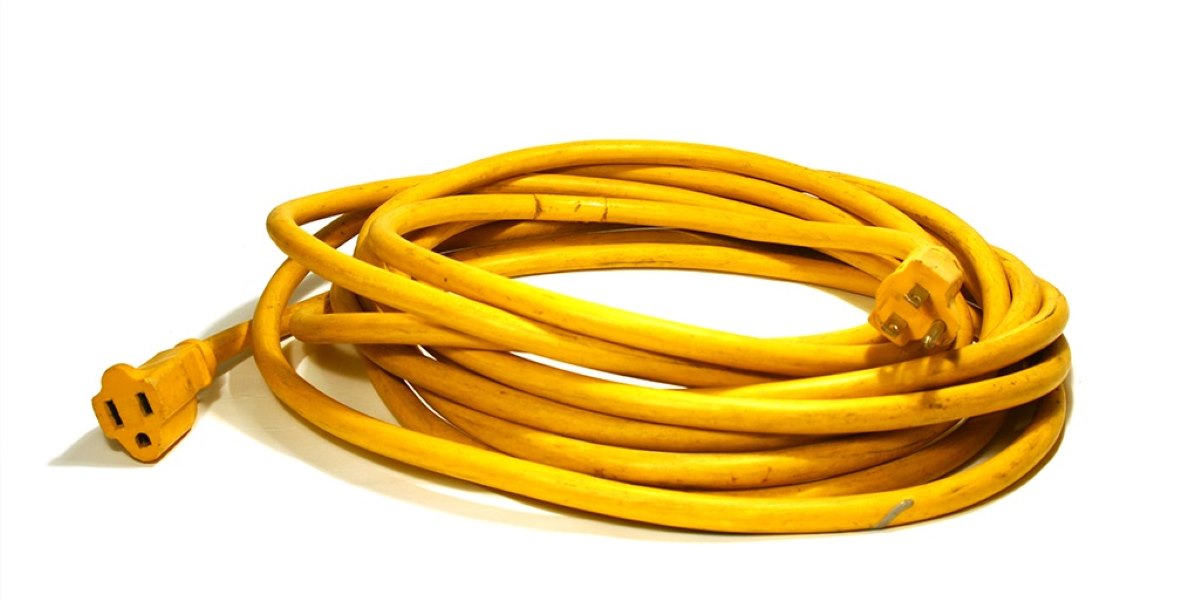


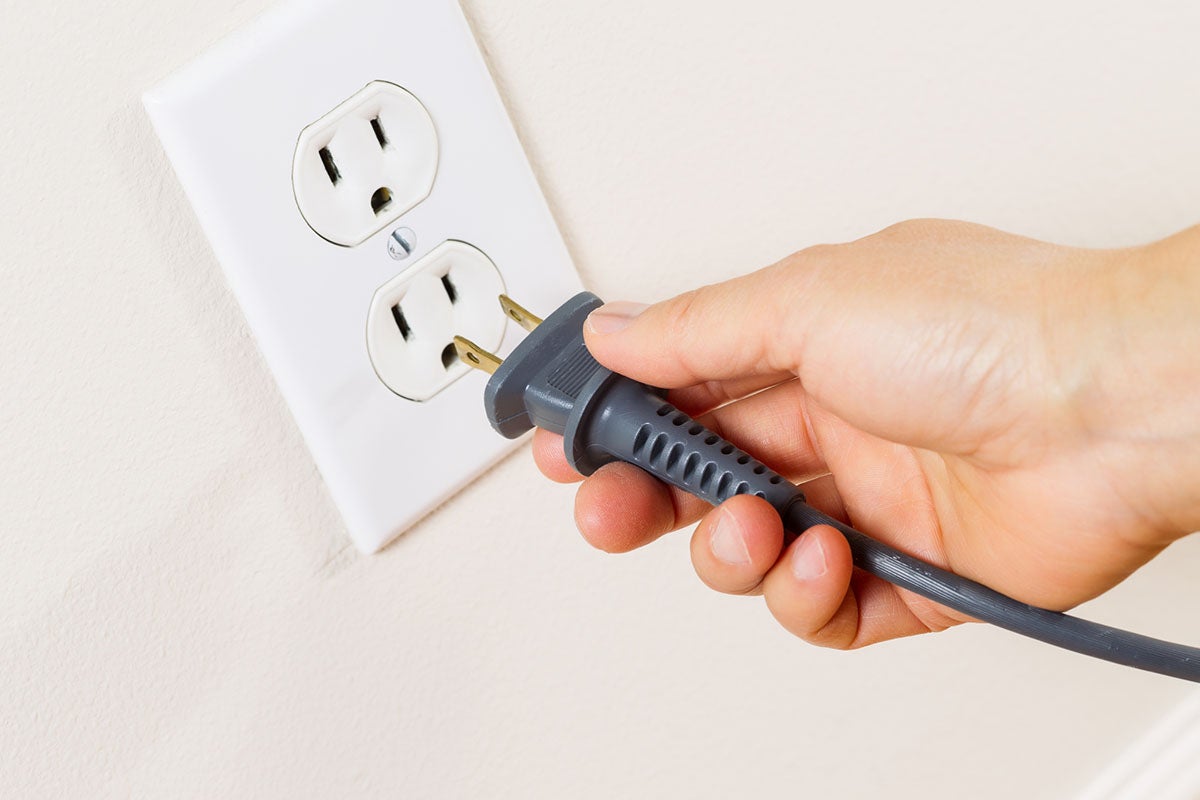
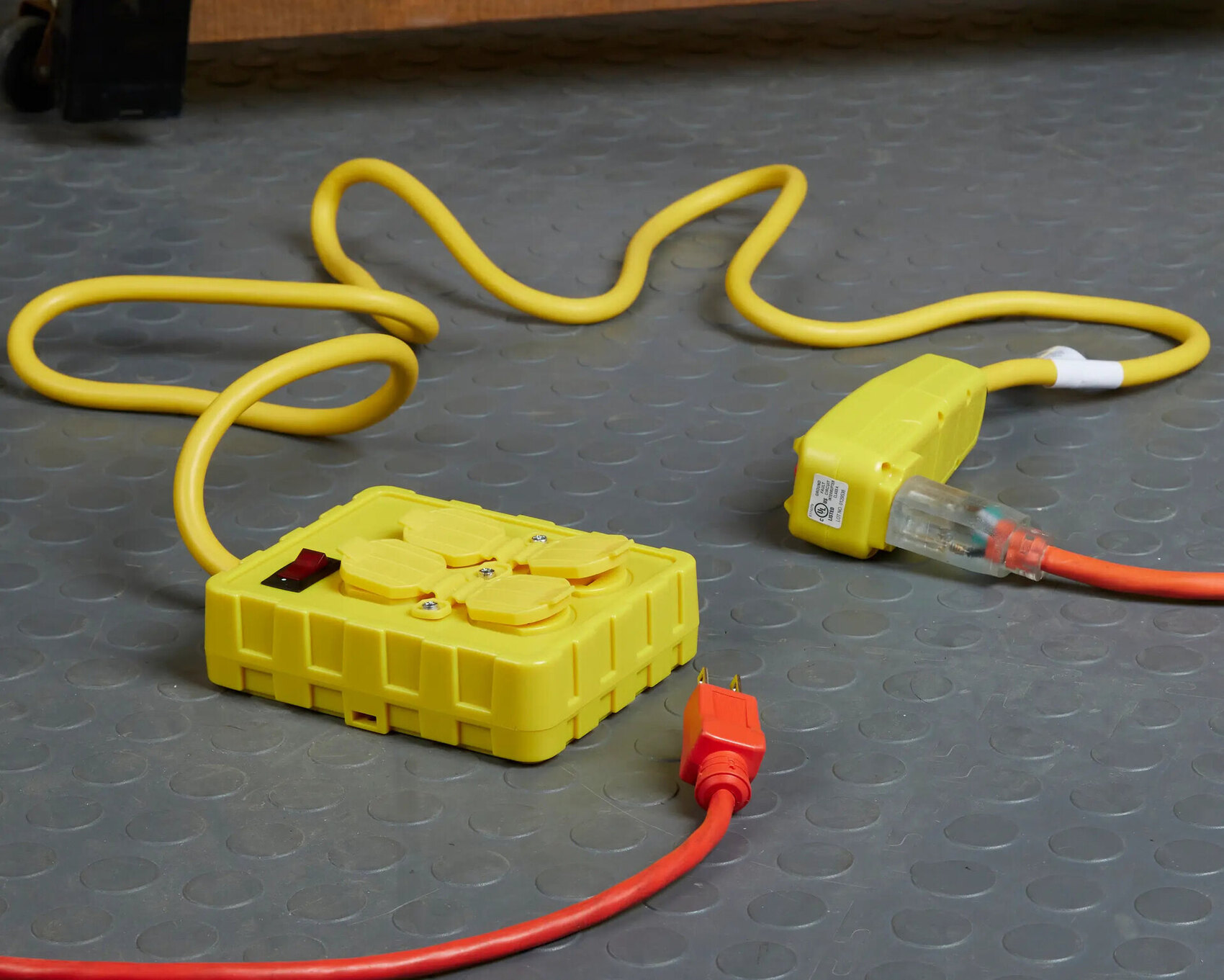
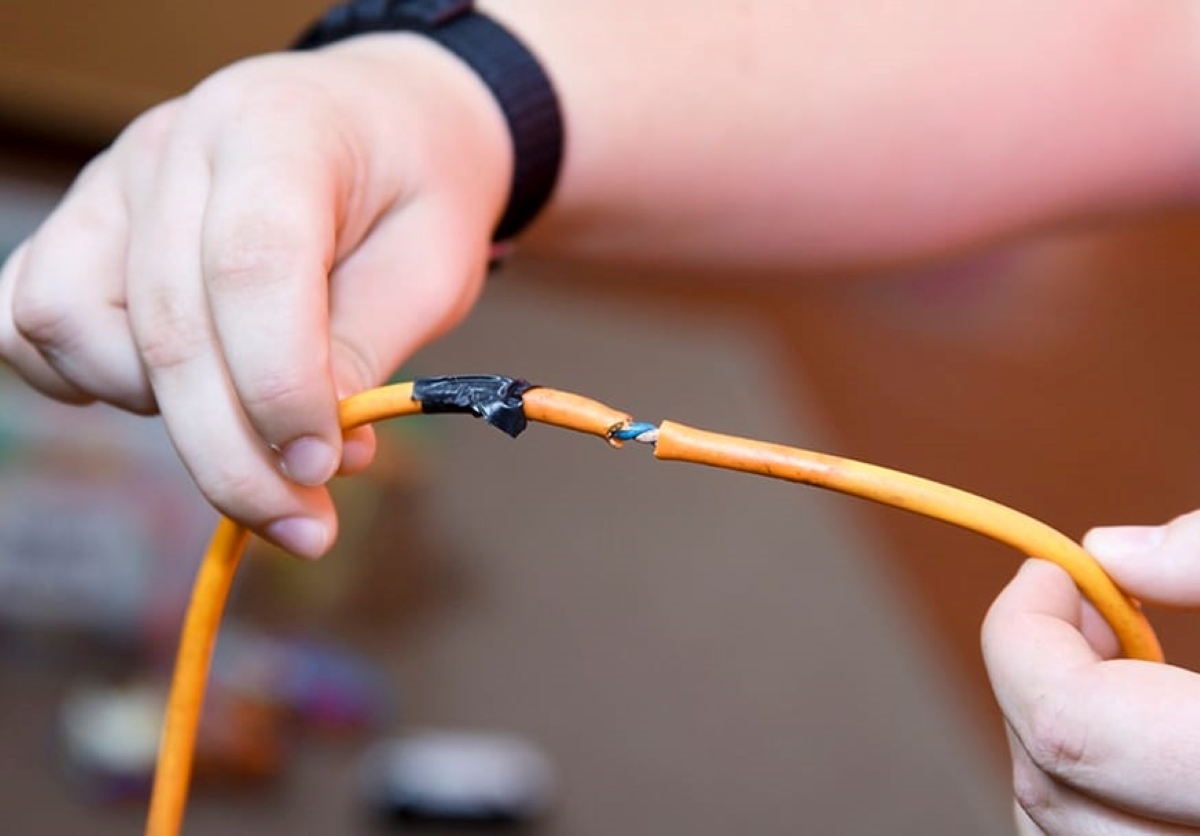
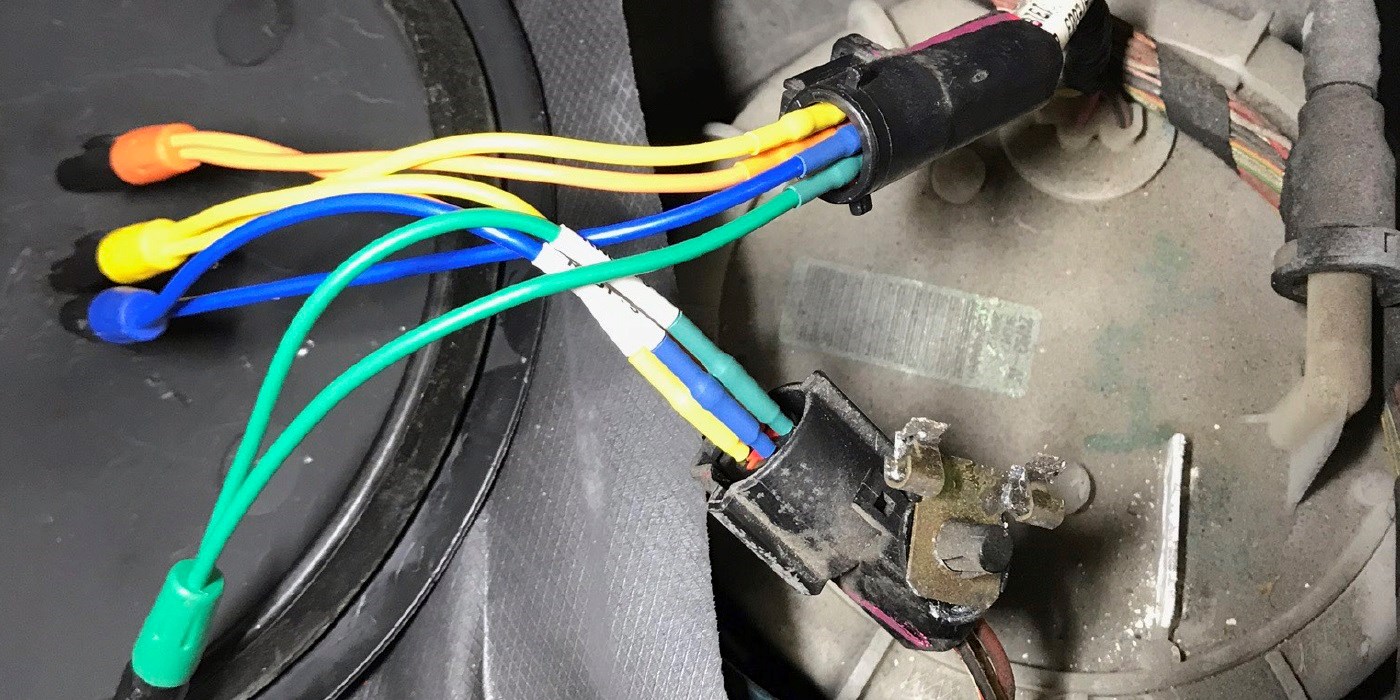
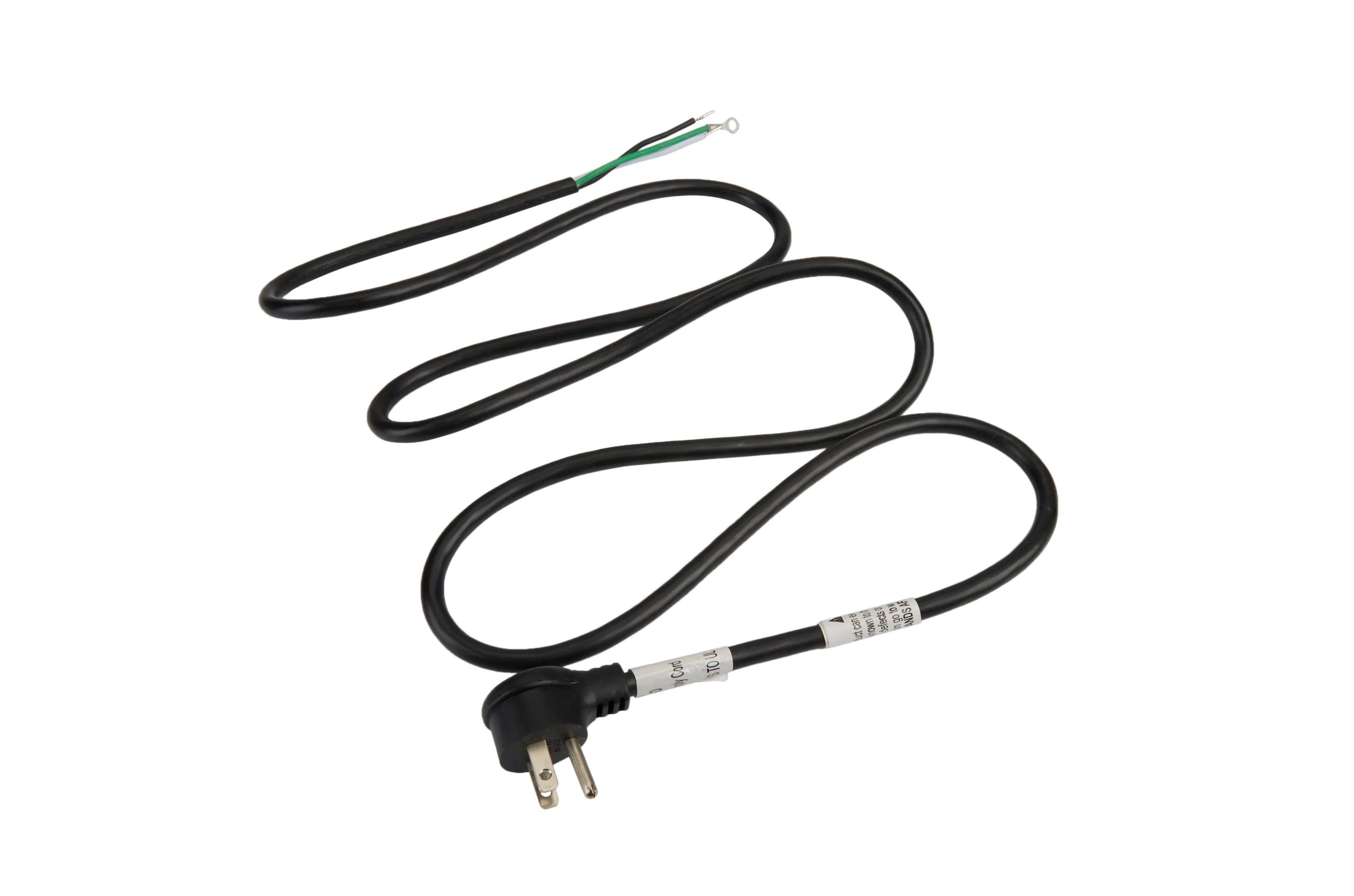
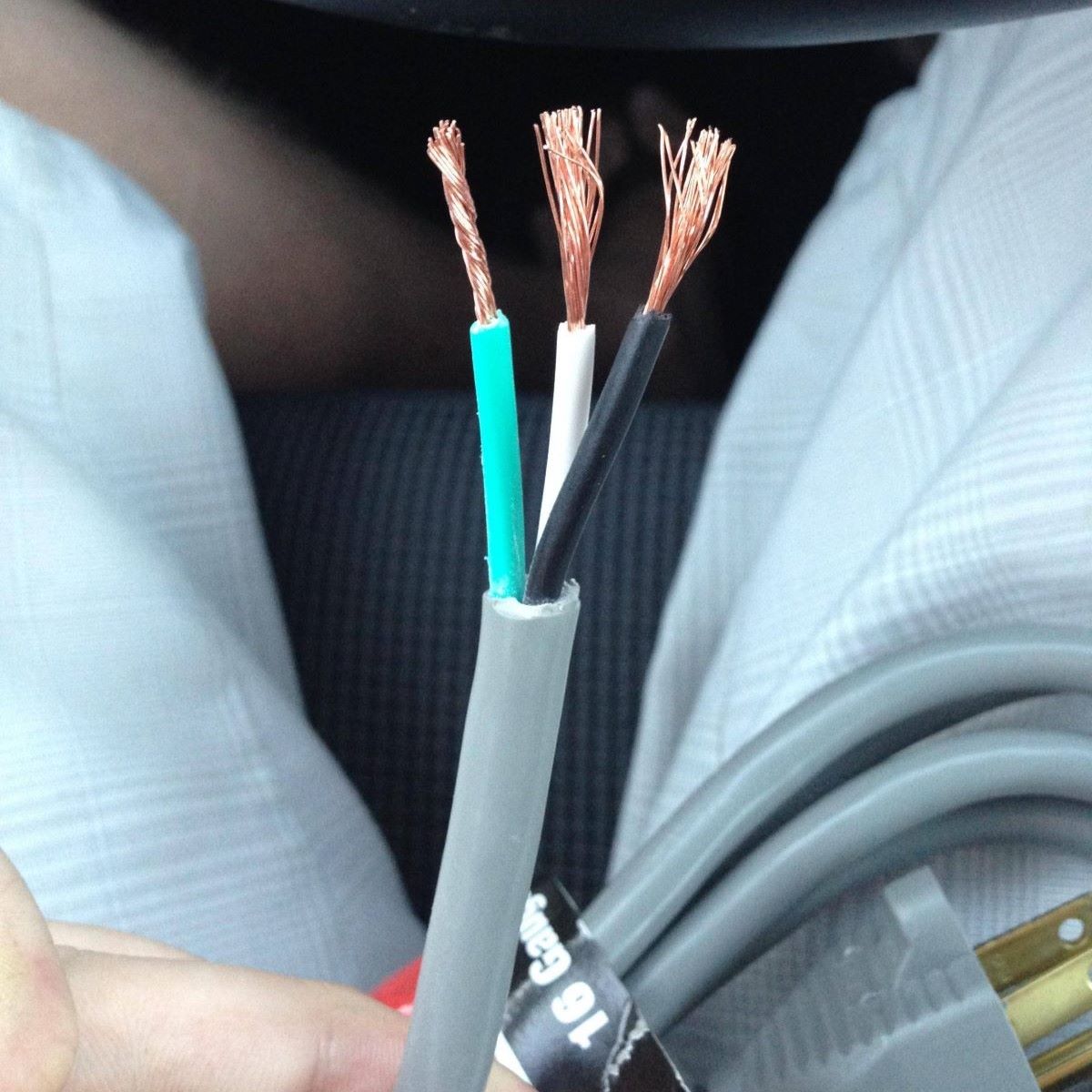



0 thoughts on “What Colors Coincide With The Electrical Symbols XY And Z On A 440 Electrical Cord”